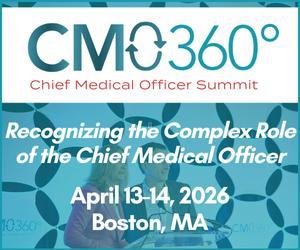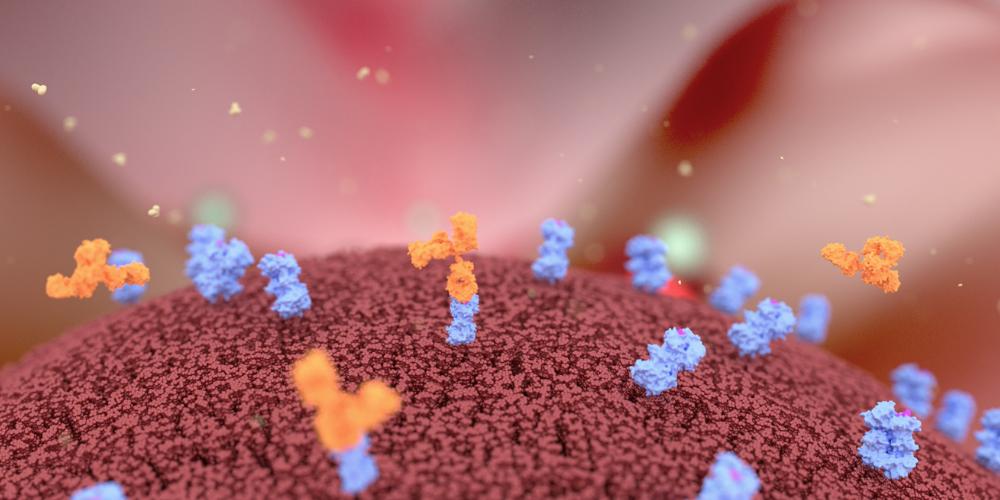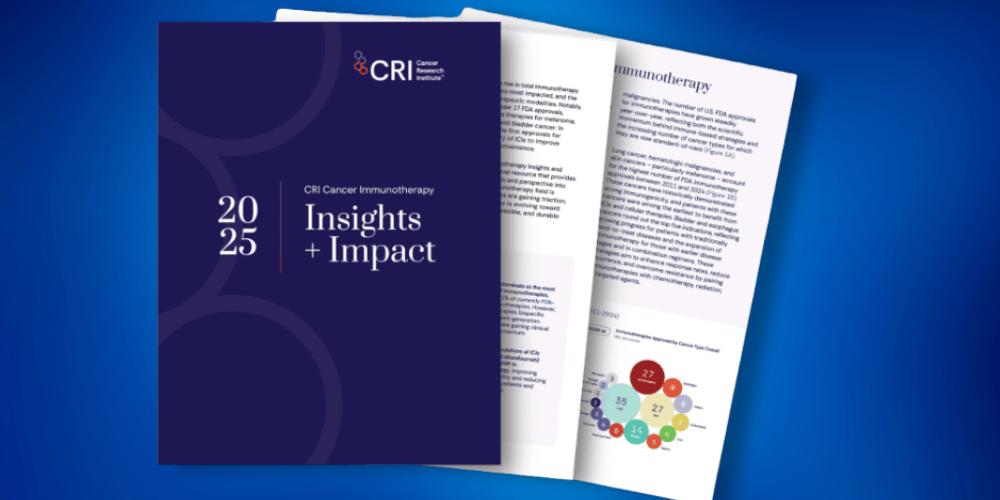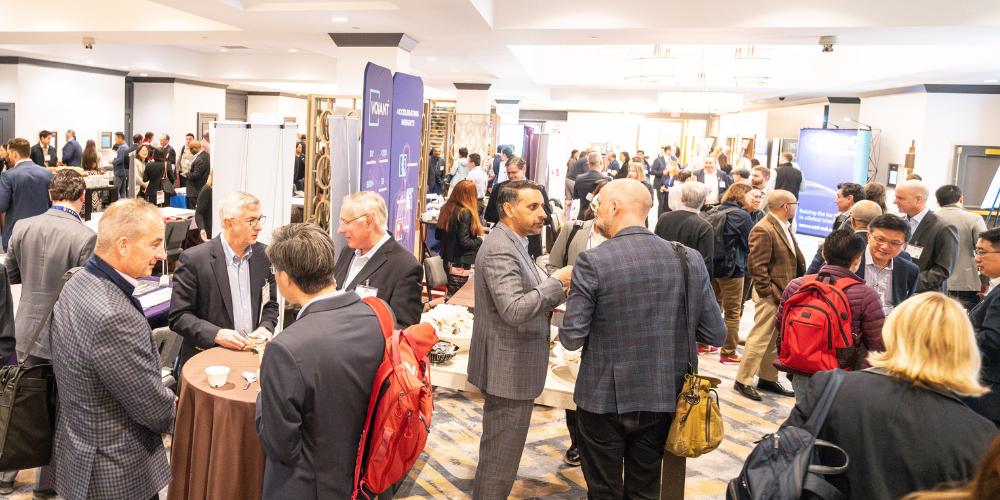Building a Biotech from a Technology That Turns Target Identification on its Head
Leah Sibener, PhD, talks about building a biotech from technology flipping traditional approaches to target identification and therapeutic development. Dr Sibener is Co-Founder and VP, Head of Therapeutic Discovery at 3T Biosciences.

What is 3T Biosciences?
3T Biosciences spun out of research I and my co-founder, Marvin Gee, did when we were at Stanford in Dr Christopher Garcia's lab. This work was focused on trying to identify targets of T-cell receptors. It was at a time when immunotherapy was seeing transformational results in the clinic. The question came up, “If we have T cells that we know are producing clinical responses, what are the targets that are associated with those?” We wanted to know if we could map those targets from the T cell’s perspective unbiasedly. From that, we were able to develop a technology where we could take the T-cell receptors (TCRs), find these targets, and then develop therapeutics around that. We spun the company out and are working to translate these discoveries into medicines.
What is 3T trying to achieve in immuno-oncology?
Our mission has always been to develop next-generation and transformative therapeutics, initially in solid tumors. However, we know T cells have a broad range of applications, not just in oncology, but also in autoimmunity, and other immune-related diseases. We can take this unbiased technology and develop therapeutics for these new classes of targets that we're just seeing phenomenal responses toward in a number of different types of therapeutic settings. I've always been driven by being able to make an impact on patients.
What were the early days like in building the company?
We spun 3T out at the end of 2017. The first few years were dedicated toward bringing the technology out of academia, because it was a platform technology. It took us two years to screen 20 TCRs; we're now doing more than 200 TCRs a month and identifying targets from them.
We spent the first few years industrializing the platform, scaling it, building the team, having the initial pipeline of targets and proof of concept, to get us to the point where we could pitch raise our Series A with the opportunity to take 3T to the next stage and to truly develop these and translate them into patients.
The question has always been, “How can we broaden this work and find more targets?” That's where we started.
Tell us about the focus on T-cell engagers?
We’re seeing that they have the ability to transform “cold” tumors into hot tumors, meaning that we're seeing clinical responses when you're targeting both a peptide HLA and T cells. This class of target and these types of molecules in particular, have huge promise, not just for finding the right targets and opening up this space of novel targets, but also for changing the immune environment.
The question has always been, “How can we broaden this work and find more targets?” That's where we started. And then since the raise that we had last year, we’re translating those initial discoveries into the clinic.
You’re working to identify immunogenic targets that are generalizable for multiple tumor indications. Can you explain what that means, and how it could work?
If you're a patient who has received checkpoint inhibitor therapy, and you've responded, we're able to identify the T cells that are mediators of those responses and identify what those targets are. T cells can actually recognize endogenous targets. That means that they aren't specific to the patient's tumor mutations. These are cancer testis antigens, etc. These are actually expressed in multiple tumor indications. The hard part has been finding out what the epitopes are. What is actually important about those proteins that can get them presented to the immune system?
3T’s method allows us to identify what the important immunogenic epitopes are, and then make that broadly applicable, because those antigens are expressed in other patient indications. Obviously, there is huge diversity amongst our immune systems, and therefore vastly different responses, especially after treatment. What we’re hoping to do is to provide patients with an optimal solution for going after the targets that happen to be there, but that their immune system doesn't have the capabilities natively to respond to.
How is 3T addressing challenges like finding patient samples with the right types of data?
We’ve had partnerships with the Parker Institute for Cancer Immunotherapy, working with a lot of their clinicians on some of their patient trials. They have a tremendous amount of patient response data, with serial time points. With our technology, we’re able to query each of those to identify the key mediators of response.
What we’re hoping to do is to provide patients with an optimal solution for going after the targets that happen to be there, but that their immune system doesn't have the capabilities natively to respond to.
Can you contextualize how novel this work is?
3T’s approach at both identification as well as designing the therapeutic is differentiated from the field. We go from the immune response to identify the targets. What we have done recently is in-licensed technology from Stanford, where we've developed therapeutic libraries that are structurally based, specifically targeted towards peptide HLA molecules. We’ve already talked about one of the biggest challenges in the field, which is the novel targets. Another big challenge is to improve clinical response by making specific, safe and effective therapeutics.
One of the challenges with peptide HLA targets is that it's a very small difference between a target and a potential off-target. Our platform can screen any type of pHLA targeting molecule and identify how specific it is for that target. And then on top of that, we've combined with the technology of a structurally designed library to identify specific molecules targeting these. If you pair the two together, you have a rapid platform that can both identify targets and screen for cross reactivity, pairing with a structurally informed platform that can then identify specific molecules to target them.
3T has ambitions for other disease areas outside of oncology. What can you tell us about where this work can have other applications?
There's been a lot of excitement and inbound interest around some of the publications that we've been a part of around understanding immune recognition within the context of autoimmunity and allergy.
One example is understanding the targets of autoreactive T cells. We've had a few collaborations in the immune-related adverse events space, understanding what the targets are for those types of T cells. When things go badly, why, why are they going badly? Can we identify what those targets are to hopefully identify patients that might be more susceptible to this?
What was the experience of transitioning work from the lab into a full-fledged company?
I was always driven by the science and by the technology that we were developing to understand TCRs and how they target molecules. I felt that if we could understand their recognition properties, we could tune them. Being within the Stanford environment was phenomenal, specifically being in Chris's lab because he had spun technology out from his lab previously.
At the time, we were seeing tremendous needs in the field for novel targets, and better-designed therapeutics targeting peptide HLA. We had this platform that we had shown could address some of those gaps in the field. There weren’t a lot of other technologies out there to directly assess this. It was a risk to say this actually meets the need, and ask, “Can this technology be translated, scaled and further developed?” And that’s where we are now, developing it and bringing it into the clinic.
I was always driven by the science and by the technology that we were developing to understand TCRs and how they target molecules. I felt that if we could understand their recognition properties, we could tune them.
What have you learned since being a founder, about the business side of science?
One of the areas that I’ve learned a lot, from the science and tech side, is staying focused. Especially when you’re starting out with a platform technology, there will be interest in many different potential applications. You may want to pursue all those avenues, but when you’re in a company, you have to stay focused on: How do we make sure this translates to patients or to the next value inflection point? Being able to hone that focus is a skill, while also leaving open opportunities for innovation.
Is there a piece of career advice you find particularly impactful?
Get comfortable being uncomfortable. Because no matter what, you're going to be in situations where you've never been; you’re going to be doing things you’ve never experienced. But as soon as you're able to tackle those different situations, it becomes so much easier the next time. That's how you grow.
And reach out to people. Something else I’ve always said is how surprised and grateful I am by how open people are to help you or to discuss a problem. When I was younger, I was very hesitant to “impose” on someone’s time. But reaching out to people has had a tremendous effect, not just on accelerating my company but for me professionally. People are open to discussing their experience, or helping you to tackle a problem, if you reach out to them.









